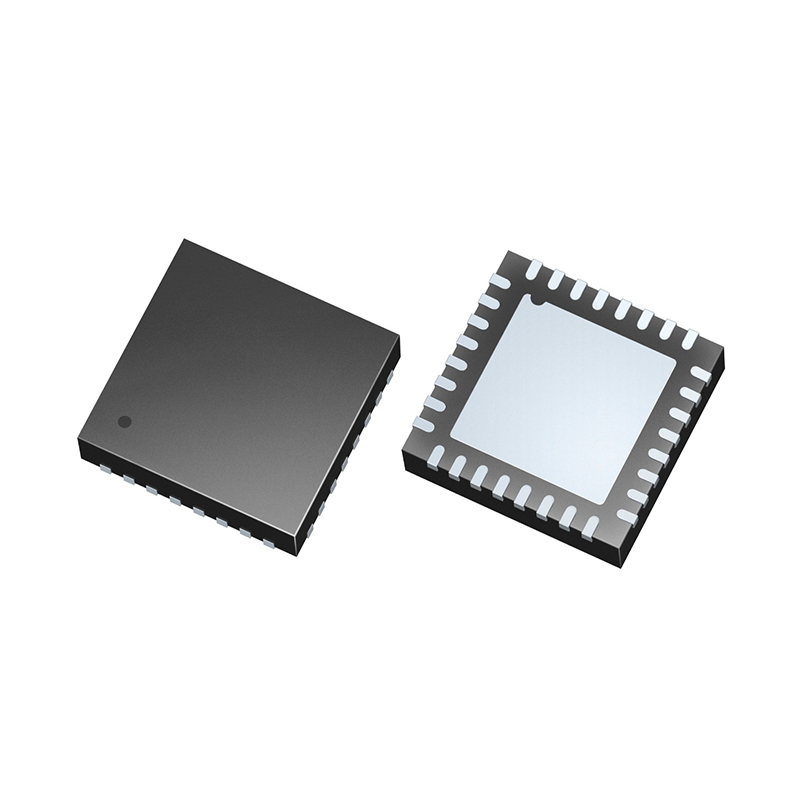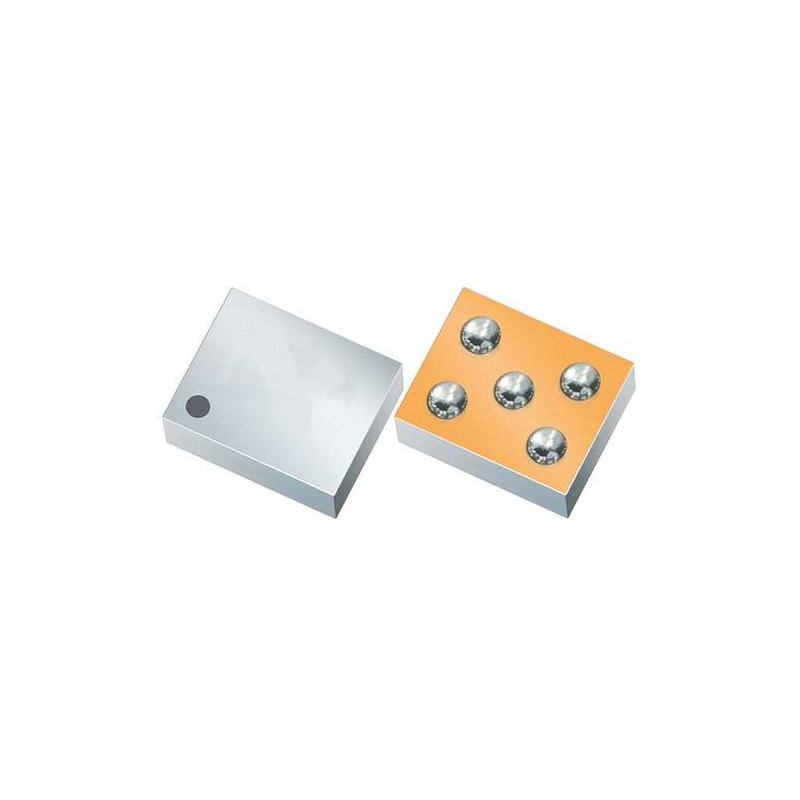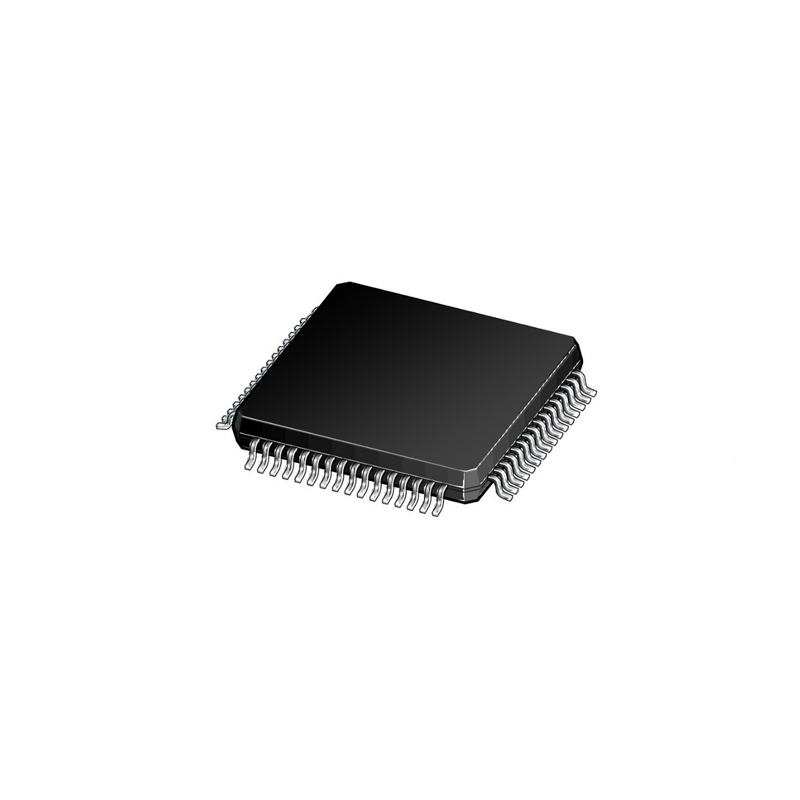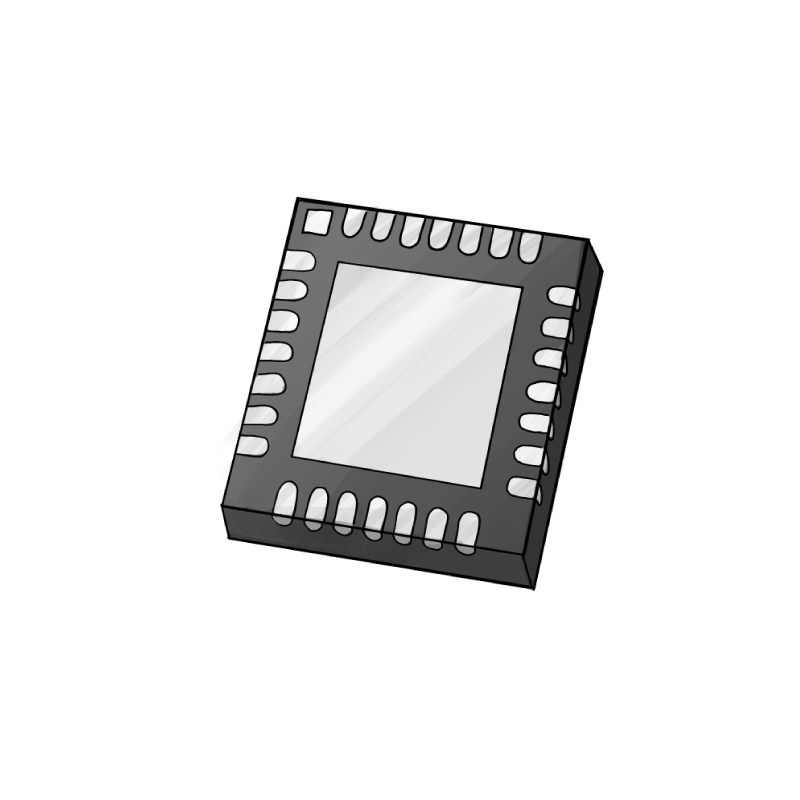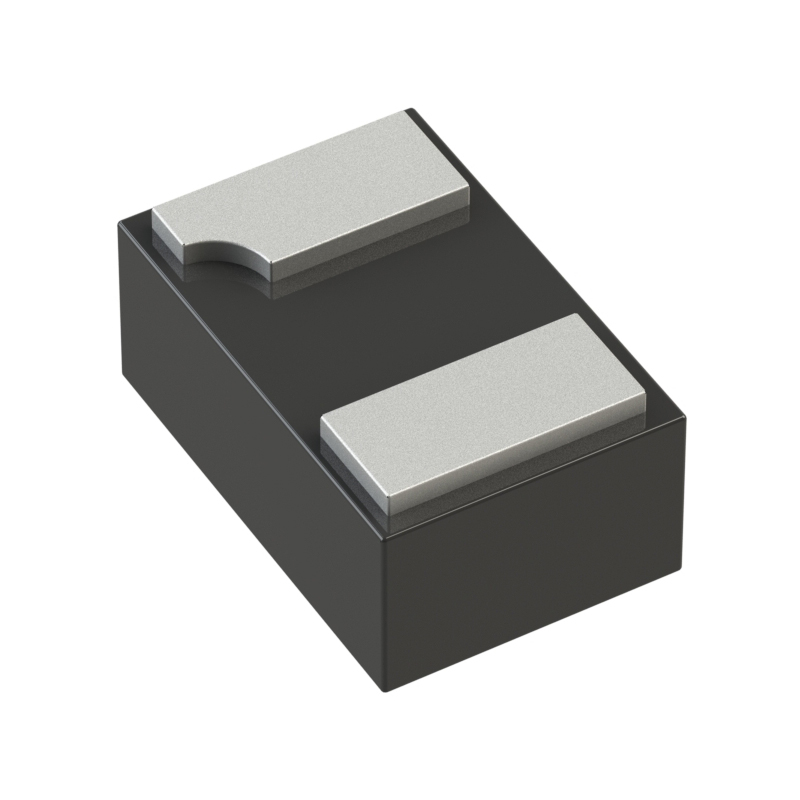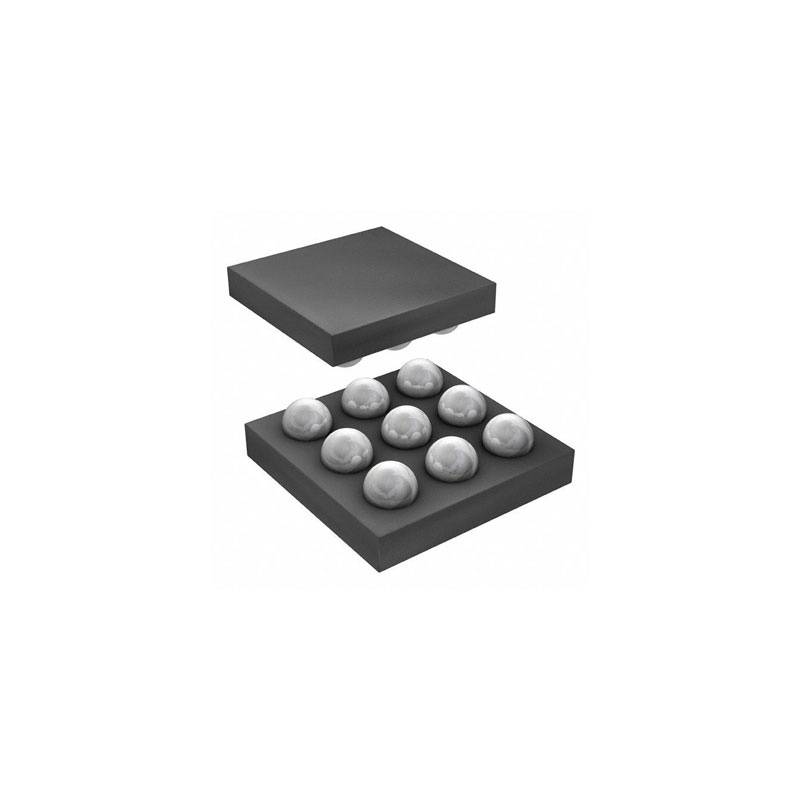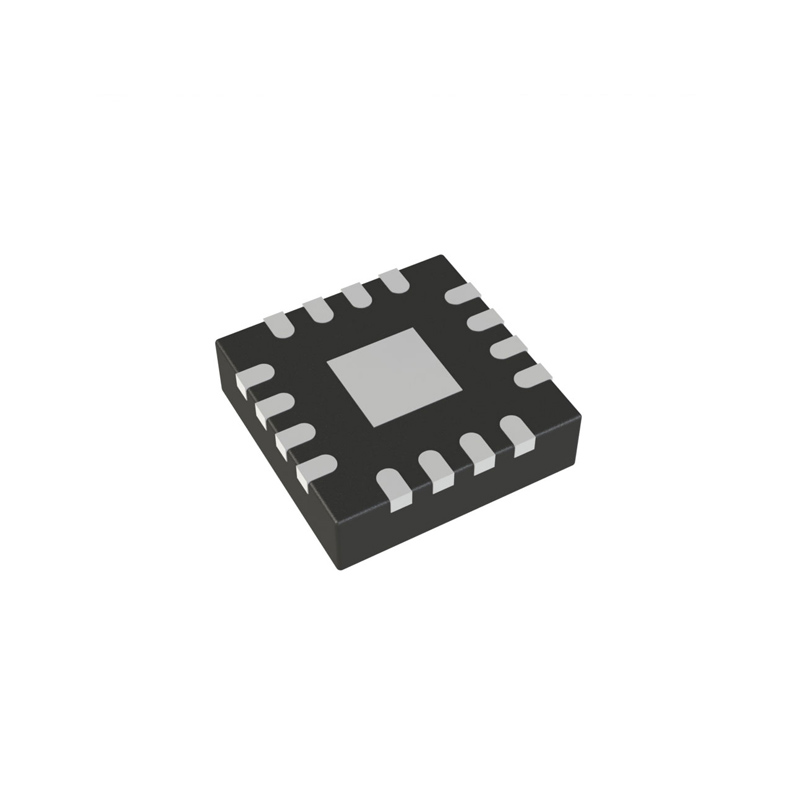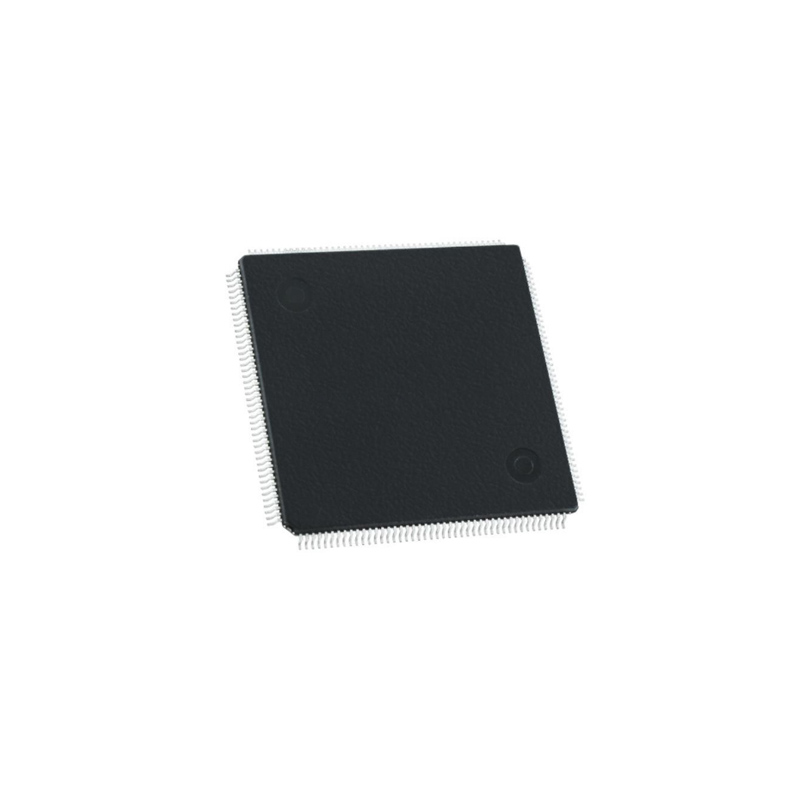Revolutionizing Electric Mobility: The Synergy of Cyberquad Motor Controller and Tesla's Innovation
Update Time: Jun 21, 2023 Readership: 2943
Contents
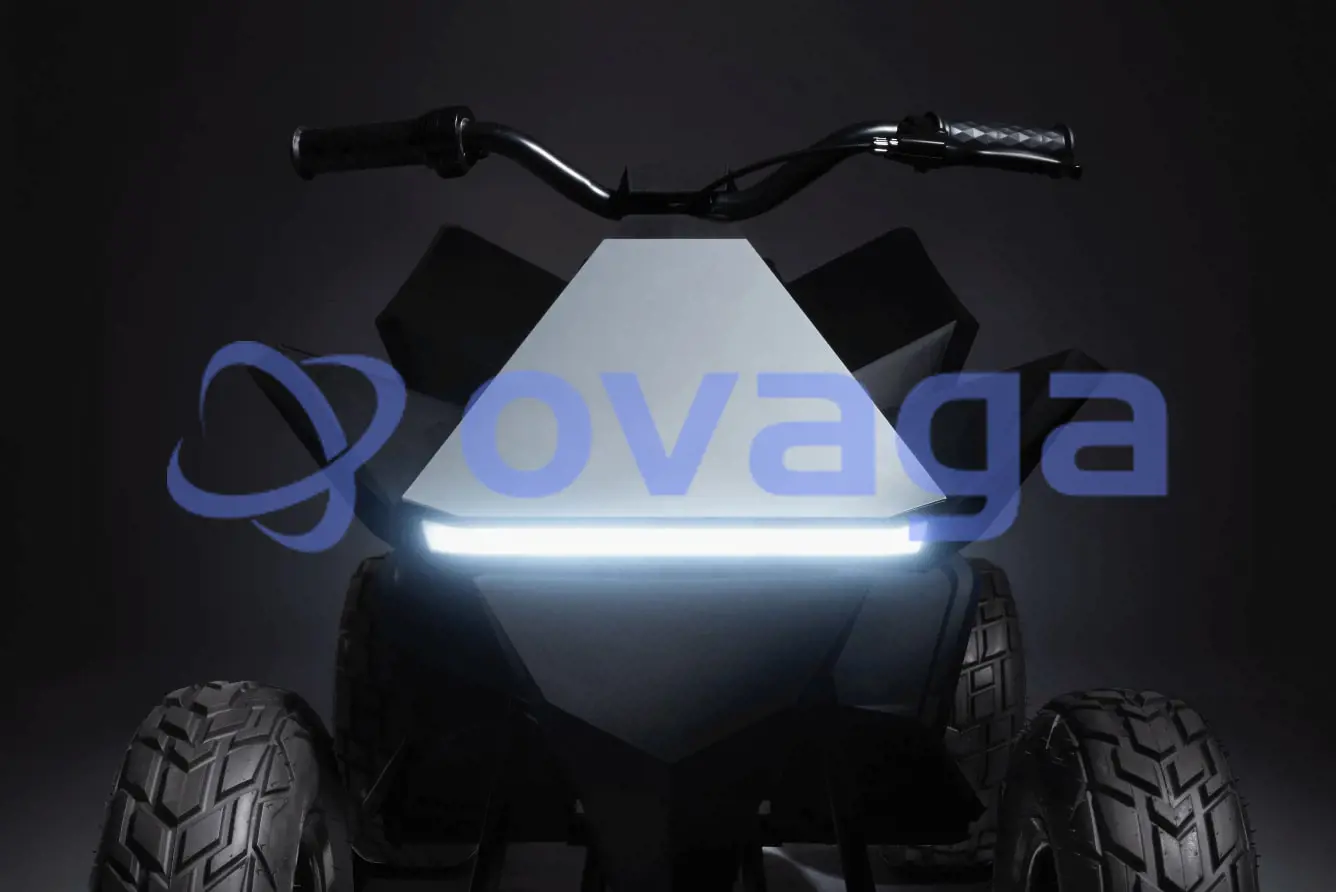
In recent years, the electric mobility sector has experienced a paradigm shift, ushering in a new era of sustainable transportation. At the forefront of this revolution stands Tesla, an innovative company that has transformed the way we perceive and utilize electric vehicles. Central to Tesla's success is its relentless pursuit of advancements in battery technology, vehicle design, and software integration. However, one component that often goes unnoticed but plays a pivotal role in Tesla's electric vehicles is the Cyberquad Motor Controller. This article delves into the significance of the Cyberquad Motor Controller and how it contributes to the revolutionary electric mobility landscape shaped by Tesla.
1. The Rise of Electric Mobility
1.1 Shifting Paradigms: From Combustion Engines to Electric Motors
The automotive industry has long relied on combustion engines as the primary power source for vehicles. However, as concerns over climate change and environmental sustainability have grown, a paradigm shift towards electric mobility has gained momentum. Electric motors offer a cleaner and more efficient alternative to traditional combustion engines, reducing greenhouse gas emissions and dependence on fossil fuels.
The transition from combustion engines to electric motors represents a significant shift in the way we think about transportation. Electric vehicles (EVs) provide a host of advantages, including lower operating costs, reduced maintenance requirements, and the potential for renewable energy integration. With advancements in battery technology and infrastructure development, electric mobility has become a viable and increasingly attractive option for consumers.
1.2 Environmental Impacts and the Urgency for Sustainable Solutions
The environmental impacts of traditional combustion engines are well-documented. The burning of fossil fuels releases carbon dioxide and other harmful pollutants into the atmosphere, contributing to air pollution, global warming, and climate change. The transportation sector, in particular, is a major contributor to greenhouse gas emissions.
The urgency to address these environmental challenges has prompted the need for sustainable solutions in the automotive industry. Electric mobility offers a significant opportunity to reduce carbon emissions and mitigate the environmental impact of transportation. By transitioning to electric vehicles, we can strive towards a cleaner and more sustainable future.
1.3 Tesla's Pioneering Role in Electric Mobility
When discussing electric mobility, it is impossible to overlook the pioneering role played by Tesla. Founded in 2003 by Elon Musk, JB Straubel, Martin Eberhard, Marc Tarpenning, and Ian Wright, Tesla set out to accelerate the world's transition to sustainable energy through electric vehicles and renewable energy solutions.
Tesla's entry into the market disrupted the automotive industry, challenging traditional automakers and pushing them to reconsider their approach to electric mobility. With the launch of the Tesla Roadster in 2008, Tesla demonstrated that electric vehicles could be high-performance, desirable, and capable of rivaling their gasoline-powered counterparts.
Since then, Tesla has continued to innovate and expand its product lineup. The Model S, Model 3, Model X, and Model Y have not only gained widespread acclaim but have also achieved significant market success. Tesla's vehicles have demonstrated the viability of electric mobility on a large scale and have become symbols of technological excellence and sustainability.
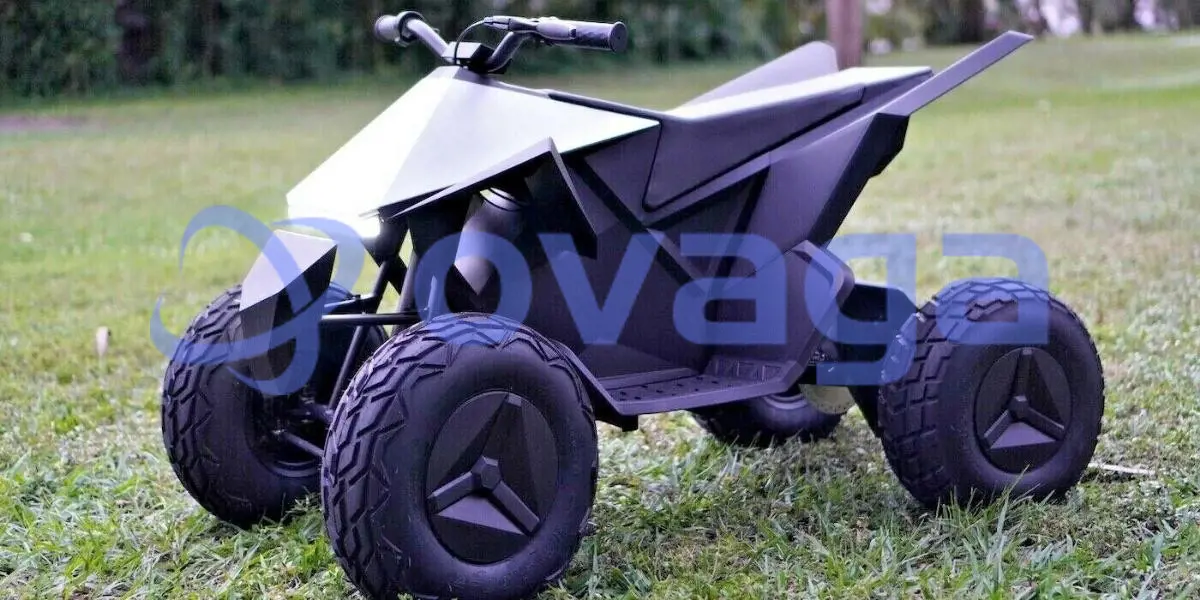
Furthermore, Tesla's Supercharger network has addressed one of the key challenges for electric vehicle adoption: charging infrastructure. By strategically deploying Supercharger stations globally, Tesla has provided its customers with convenient and efficient charging options, alleviating range anxiety and enabling long-distance travel.
In addition to its vehicles and charging infrastructure, Tesla's software integration and over-the-air updates have redefined the automotive ownership experience. Regular software updates not only enhance vehicle performance and functionality but also introduce new features and improvements over time. This continuous improvement model has set Tesla apart and reflects the company's commitment to providing cutting-edge technology and a seamless user experience.
2. Understanding the Cyberquad Motor Controller
2.1 The Role of Motor Controllers in Electric Vehicles
Motor controllers are critical components in electric vehicles (EVs) that manage the power flow between the battery and the electric motor. They play a vital role in controlling the speed, torque, and efficiency of the motor, ensuring optimal performance and energy utilization. Motor controllers act as the interface between the vehicle's electronic systems, the battery pack, and the electric motor, enabling seamless communication and coordination.
The primary functions of a motor controller include:
- Power Conversion: Motor controllers convert the direct current (DC) power from the battery pack into the appropriate form for the electric motor, typically alternating current (AC). This conversion process allows for efficient motor operation and control.
- Motor Control: Motor controllers regulate the speed, torque, and direction of the electric motor. By adjusting the voltage and current supplied to the motor, the controller enables precise control over the vehicle's acceleration, deceleration, and overall performance.
- Energy Management: Motor controllers monitor and manage the energy flow between the battery and the motor. They optimize power distribution to maximize the vehicle's range and efficiency, taking into account factors such as driving conditions, battery state of charge, and driver input.
2.2 Introduction to the Cyberquad Motor Controller
The Cyberquad Motor Controller is an advanced motor control system developed specifically for use in Tesla's electric vehicles. Designed with precision and performance in mind, the Cyberquad Motor Controller exemplifies Tesla's commitment to pushing the boundaries of electric mobility.
This motor controller is a crucial component of Tesla's drivetrain system, responsible for controlling the power delivery to the electric motor and ensuring smooth and efficient operation. It utilizes sophisticated electronics and software algorithms to provide precise control over the motor's speed, torque, and regenerative braking capabilities.
2.3 Key Features and Functionality
The Cyberquad Motor Controller incorporates several key features and functionalities that contribute to Tesla's exceptional electric vehicle performance:
- High Power Density: The motor controller is designed to handle high power levels, allowing for impressive acceleration and dynamic performance. Its compact size and efficient cooling system enable it to deliver robust power output while maintaining optimal thermal management.
- Regenerative Braking: The Cyberquad Motor Controller harnesses the power generated during deceleration and braking and feeds it back into the battery pack. This regenerative braking feature helps to maximize energy efficiency and extend the vehicle's range.
- Adaptive Control Algorithms: Tesla's motor controller utilizes advanced adaptive control algorithms to optimize motor performance based on real-time conditions. These algorithms continuously monitor various parameters, such as motor temperature, battery state of charge, and driver inputs, and make adjustments to ensure optimal efficiency, responsiveness, and safety.
- Integration with Tesla's Software Ecosystem: The Cyberquad Motor Controller seamlessly integrates with Tesla's software ecosystem, allowing for regular over-the-air updates and continuous improvements. This integration enables Tesla to enhance motor control algorithms, introduce new features, and address potential issues without requiring physical hardware changes.
- Diagnostic and Safety Features: The motor controller incorporates comprehensive diagnostic capabilities to monitor its own performance and detect any potential faults or anomalies. Additionally, it includes safety features such as overcurrent protection, overtemperature protection, and fault detection systems to ensure reliable and safe operation.
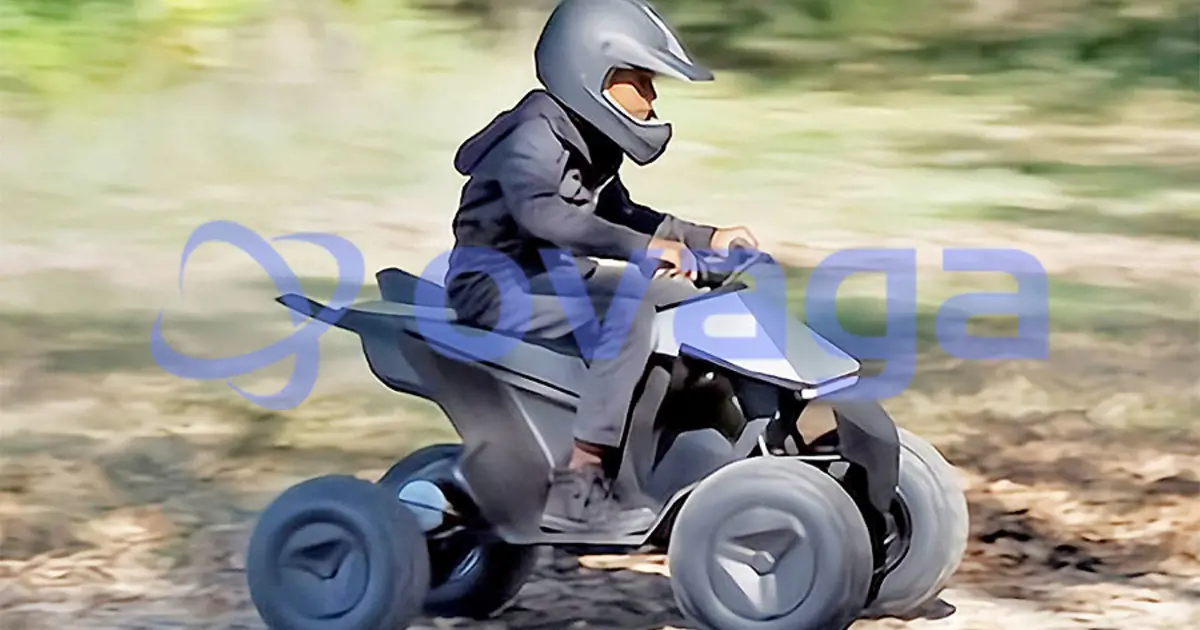
3. The Integration of Cyberquad Motor Controller in Tesla Vehicles
An integral part of Tesla's commitment to technological excellence is the integration of the Cyberquad Motor Controller in its vehicles. The Cyberquad Motor Controller plays a critical role in managing the power delivery to the electric motor, optimizing performance, efficiency, and safety.
By seamlessly integrating the Cyberquad Motor Controller into the drivetrain system, Tesla vehicles benefit from enhanced motor control capabilities. This integration allows for precise control of the motor's speed, torque, and regenerative braking, enabling a smooth and dynamic driving experience.
The Cyberquad Motor Controller's advanced features, such as high power density, adaptive control algorithms, and seamless software integration, further contribute to Tesla's reputation for exceptional electric vehicle performance. It complements Tesla's technological advancements in battery technology, software systems, and charging infrastructure, ensuring that Tesla vehicles remain at the forefront of electric mobility innovation.
4. Synergy at Work: How the Cyberquad Motor Controller Enhances Tesla's Electric Vehicles
4.1 Optimizing Performance and Efficiency
The integration of the Cyberquad Motor Controller in Tesla's electric vehicles contributes significantly to optimizing performance and efficiency. The motor controller's advanced control algorithms and precise power management capabilities allow for seamless coordination between the battery pack and the electric motor.
By precisely controlling the power delivery, the Cyberquad Motor Controller maximizes the efficiency of the electric motor, minimizing energy losses and extending the vehicle's range. This optimization enhances the overall performance of Tesla vehicles, providing quick acceleration, smooth operation, and improved responsiveness.
Furthermore, the motor controller enables dynamic power distribution based on driving conditions, optimizing torque delivery for different scenarios such as uphill climbs, high-speed cruising, or stop-and-go traffic. This adaptability ensures that Tesla vehicles deliver exceptional performance while maintaining energy efficiency.
4.2 Seamless Integration with Tesla's Software Ecosystem
One of the key strengths of Tesla vehicles is their seamless integration with Tesla's software ecosystem, and the Cyberquad Motor Controller plays a crucial role in this integration. The motor controller works in harmony with Tesla's sophisticated software systems, allowing for continuous communication and coordination.
This integration enables regular over-the-air software updates, which not only enhance the overall performance and functionality of the vehicle but also introduce new features and improvements. Tesla can refine and optimize the motor control algorithms through software updates, ensuring that Tesla owners benefit from the latest advancements without needing to replace hardware components.
The seamless integration with Tesla's software ecosystem also enables real-time monitoring and diagnostics of the motor controller's performance. This capability allows for proactive maintenance and rapid identification of any potential issues, further enhancing the reliability and longevity of Tesla vehicles.
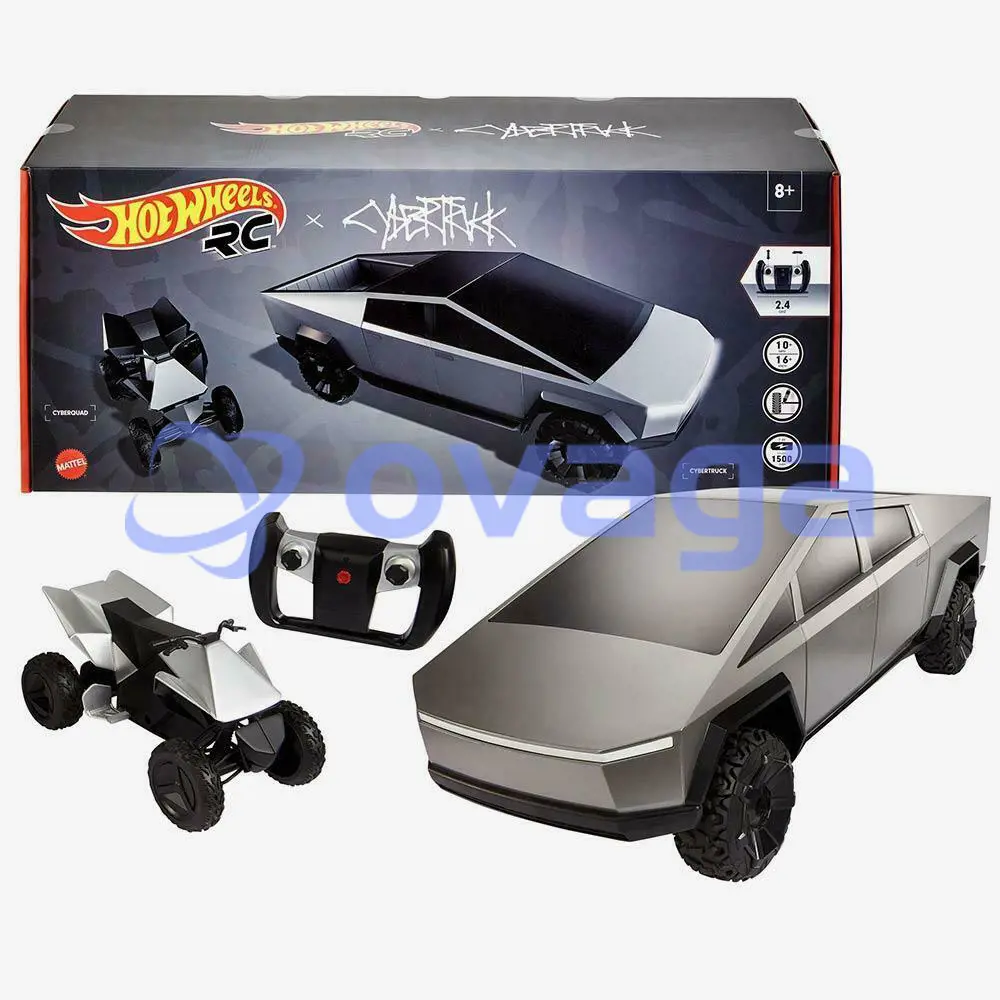
4.3 Enhanced Safety and Stability
The Cyberquad Motor Controller contributes to enhanced safety and stability in Tesla vehicles. With its advanced control capabilities, the motor controller actively monitors various parameters such as motor temperature, battery state of charge, and vehicle dynamics.
In the event of abnormal conditions, the motor controller can quickly respond and adjust power delivery to ensure safe operation. For example, it can reduce power output to prevent motor overheating or activate regenerative braking to enhance stability during sudden deceleration.
Additionally, the integration of the Cyberquad Motor Controller with Tesla's safety systems, including collision avoidance and traction control, further enhances vehicle safety. The motor controller works in conjunction with these systems to optimize response times and provide precise control over vehicle dynamics, ensuring a safe and stable driving experience.
4.4 Enabling Intelligent and Adaptive Features
The Cyberquad Motor Controller enables intelligent and adaptive features in Tesla vehicles, contributing to an enhanced driving experience. Through advanced control algorithms and sensor integration, the motor controller enables features such as regenerative braking and adaptive cruise control.
Regenerative braking harnesses the energy generated during deceleration and braking, converting it back into usable power and improving energy efficiency. This feature not only extends the vehicle's range but also reduces wear on the braking system, enhancing overall efficiency and sustainability.
Adaptive cruise control uses the motor controller's precise control over vehicle speed to maintain a safe following distance from the vehicle ahead. The motor controller adjusts the vehicle's acceleration and deceleration based on real-time traffic conditions, providing a more comfortable and stress-free driving experience.
Furthermore, the motor controller's adaptability enables future advancements in autonomous driving capabilities. As Tesla continues to develop and refine its autonomous driving technology, the Cyberquad Motor Controller will play a crucial role in enabling intelligent and adaptive features required for a safe and reliable autonomous driving experience.
5. Potential Applications of Cyberquad Motor Controller Beyond Tesla Vehicles
While the Cyberquad Motor Controller has been specifically designed and integrated into Tesla vehicles, its advanced technology and capabilities hold the potential for broader applications beyond the Tesla ecosystem. Here are some potential areas where the Cyberquad Motor Controller could find application:
1. Electric Vehicle Conversions: The Cyberquad Motor Controller could be utilized in retrofitting conventional vehicles with electric drivetrains. By integrating the motor controller into conversions, it would enable precise control over the electric motor's performance and optimize power delivery, enhancing the overall efficiency and performance of converted vehicles.
2. Electric Vehicle Start-ups: As the electric vehicle market continues to grow, start-up companies may emerge seeking to develop their own electric vehicles. The Cyberquad Motor Controller could serve as a foundation for these companies, providing a proven and high-performance motor control system that can be customized and integrated into their vehicle designs.
3. Electric Boats and Marine Applications: Electric propulsion systems are gaining popularity in the marine industry for their environmental benefits and reduced noise levels. The Cyberquad Motor Controller could be adapted for use in electric boats, providing efficient and precise control over electric motors used for propulsion, steering, and other onboard systems.
4. Electric Industrial Vehicles: Industrial vehicles, such as forklifts, cargo handlers, and construction equipment, are increasingly being electrified to reduce emissions and improve efficiency. The Cyberquad Motor Controller could be tailored to meet the specific requirements of these applications, enhancing the performance, control, and safety of electric industrial vehicles.
5. Autonomous Vehicles: The advanced control capabilities of the Cyberquad Motor Controller make it a potential candidate for autonomous vehicle applications. As self-driving technology continues to advance, the precise motor control and seamless integration with software systems could enable autonomous vehicles to navigate and operate more effectively and safely.
6. Research and Development: The Cyberquad Motor Controller's advanced features and capabilities could find application in research and development efforts focused on electric propulsion systems, motor control algorithms, and energy management. Its integration into experimental platforms could enable researchers to explore and optimize various aspects of electric mobility.
6. Cyberquad Motor Controller's Role in Charging and Energy Management
While the primary function of the Cyberquad Motor Controller is to control the power delivery to the electric motor, it also plays a significant role in charging and energy management in electric vehicles. Here are some key aspects of the motor controller's involvement in charging and energy management:
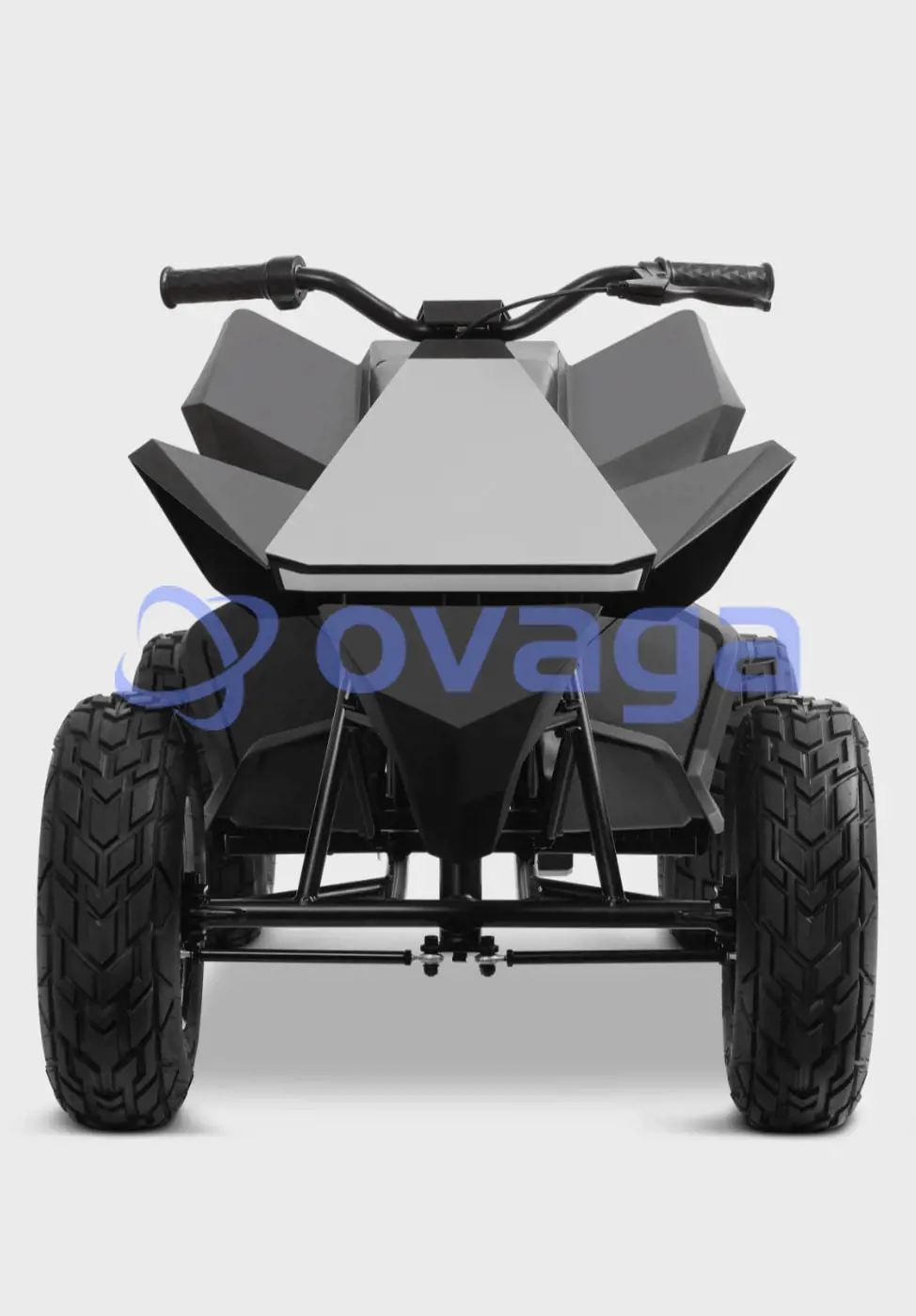
1. Charging Control: The Cyberquad Motor Controller interfaces with the vehicle's charging system to regulate the charging process. It monitors the battery's state of charge and communicates with the charging infrastructure to manage the flow of electricity during charging. The motor controller ensures that the charging process is efficient, safe, and optimized for the battery's health and longevity.
2. Energy Distribution: During charging, the motor controller is responsible for distributing the incoming electrical power to the appropriate components within the vehicle. It manages the energy flow to the battery pack, onboard systems, and the electric motor, ensuring that each component receives the necessary power and that energy losses are minimized.
3. Energy Recovery: The motor controller enables regenerative braking, which allows the vehicle to recover energy during deceleration and braking. When the driver applies the brakes, the motor controller intelligently converts the kinetic energy of the moving vehicle into electrical energy, which is then fed back into the battery pack for later use. This energy recovery process improves overall energy efficiency and extends the vehicle's range.
4. Energy Optimization: The Cyberquad Motor Controller optimizes the distribution of energy between the battery pack and the electric motor to maximize efficiency and performance. It continuously monitors parameters such as the battery's state of charge, power demand from the motor, and driving conditions to determine the optimal power distribution strategy. This optimization ensures that energy is utilized efficiently and that the vehicle operates at its best performance levels.
5. Thermal Management: Efficient thermal management is crucial for maintaining the health and performance of the battery pack. The Cyberquad Motor Controller plays a role in monitoring and regulating the temperature of the battery pack during charging and discharging. By managing the power flow and controlling the motor's performance, the motor controller helps in maintaining optimal temperature conditions within the battery pack, thus extending its lifespan and preserving its capacity.
6. Smart Grid Integration: With the rise of smart grid technologies, the Cyberquad Motor Controller can communicate with the energy grid to optimize charging and energy management. It can receive signals from the grid regarding electricity prices, grid demand, and renewable energy availability. By intelligently utilizing this information, the motor controller can schedule charging sessions during off-peak hours or when renewable energy sources are abundant, reducing the overall cost and environmental impact of charging.
7. Conclusion: The Path Ahead
As the world embraces the future of electric mobility, the synergy between the Cyberquad Motor Controller and Tesla's innovative approach continues to propel the industry forward. The transformative power of electric vehicles, coupled with advanced motor controllers, promises a future of cleaner and more sustainable transportation. The integration of the Cyberquad Motor Controller in Tesla's vehicles exemplifies the company's commitment to pushing boundaries and revolutionizing the way we move. As we look ahead, it is crucial to recognize the significant role played by technology like the Cyberquad Motor Controller in shaping the electric mobility landscape and inspiring further innovation in the industry.
By harnessing the power of technology and leveraging the collective efforts of pioneers like Tesla, we can pave the way for a future where electric mobility becomes the norm, driving us towards a greener and more sustainable planet.
Extended Reading
- Exploring the Power and Precision of Brushless Motor Controllers
- How Electric Motors are Changing the Automotive Industry?
- Control Techniques for Electric Motors: Optimizing Performance and Efficiency
- Revolutionizing Electric Mobility: The Synergy of Cyberquad Motor Controller and Tesla's Innovation
 FAQ
FAQ
-
Can the Cyberquad Motor Controller be upgraded or customized for specific performance requirements?
While the Cyberquad Motor Controller is integrated into Tesla vehicles, it has the potential for customization and upgrades. Tesla's over-the-air software updates allow for continuous improvements and refinements to the motor controller's algorithms and functionalities. Additionally, in specific applications such as electric vehicle conversions or specialized electric vehicles, the motor controller can be customized to meet specific performance requirements, providing flexibility and adaptability for different use cases.
-
Does the Cyberquad Motor Controller offer any adaptive features to enhance driving experience?
Yes, the Cyberquad Motor Controller enables adaptive features that enhance the driving experience. It utilizes advanced control algorithms to monitor various parameters such as motor temperature, battery state of charge, and driving conditions. Based on real-time data, the motor controller adapts power delivery and torque distribution to optimize performance, responsiveness, and stability, providing a smooth and dynamic driving experience.
-
How does the Cyberquad Motor Controller contribute to range optimization in Tesla vehicles?
The Cyberquad Motor Controller plays a crucial role in range optimization by precisely managing power delivery to the electric motor. It employs advanced control algorithms to optimize energy efficiency, ensuring that power is distributed efficiently and minimizing energy losses. Additionally, it enables regenerative braking, allowing the vehicle to recover energy during deceleration and braking, further extending the vehicle's range.
Popular Blogs
-
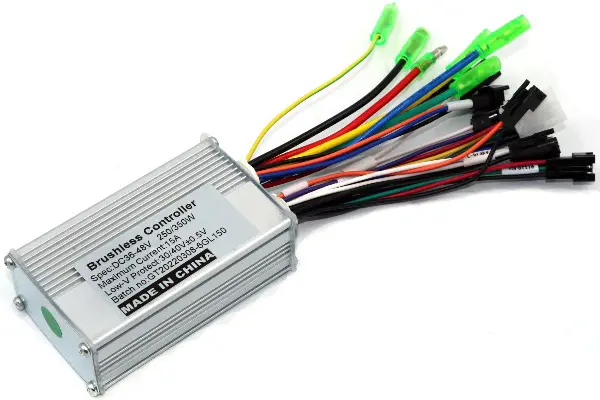
Exploring the Power ...
Brushless motor controllers are advanced electro...
-
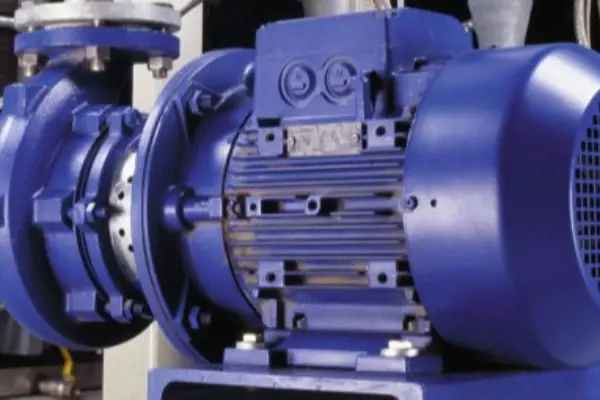
How Electric Motors ...
With rapidly development in technology, electric...
-
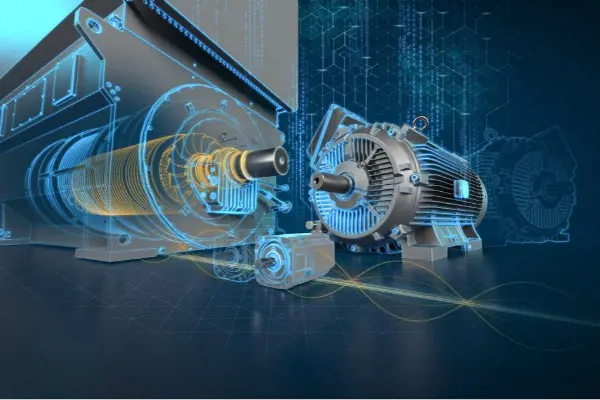
Control Techniques f...
Discover how advanced motor control software, va...
-
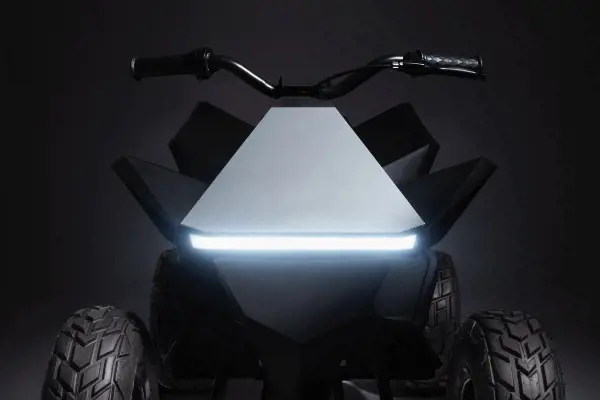
Revolutionizing Elec...
Central to Tesla's success is its relentless pur...





